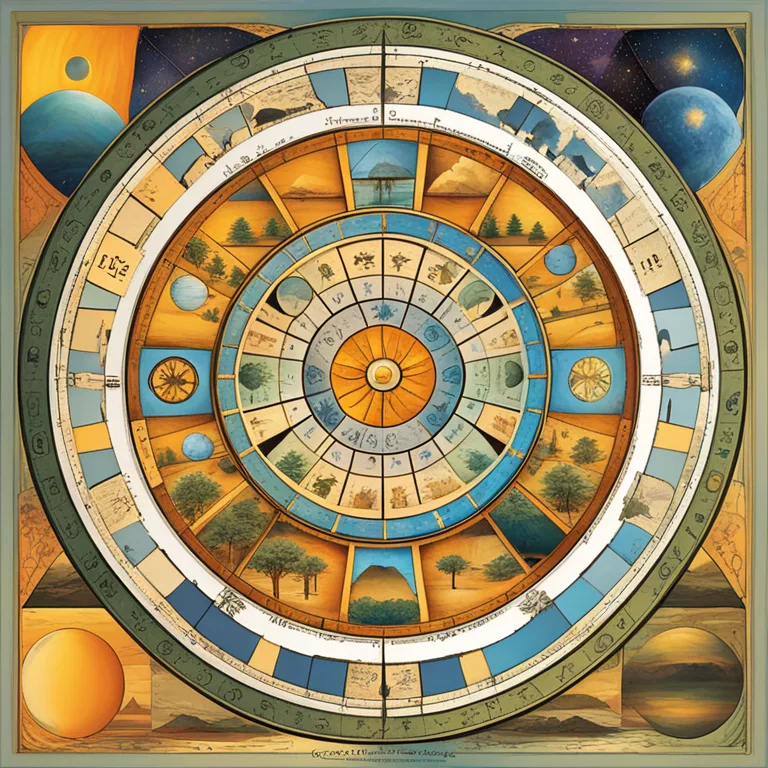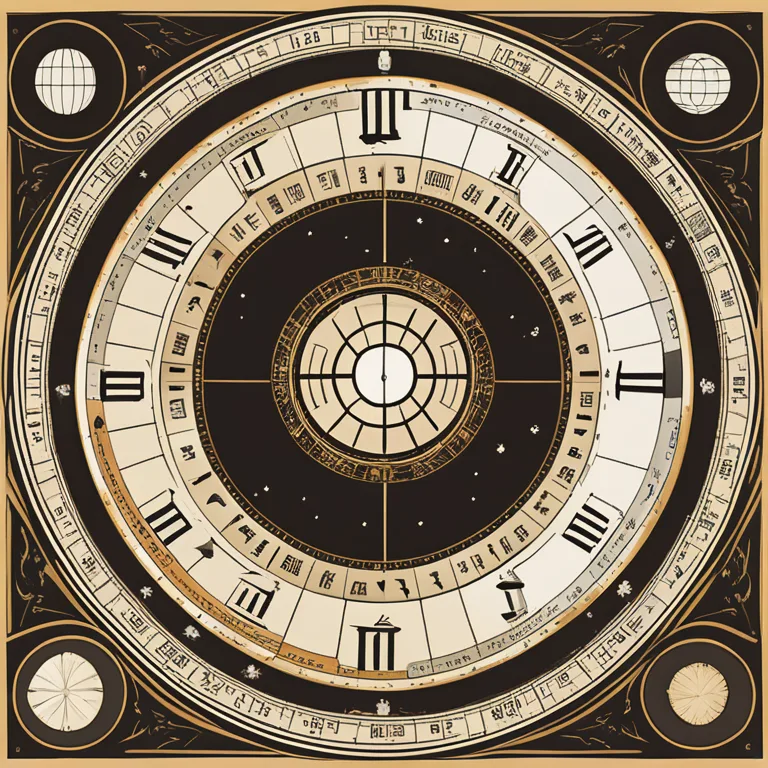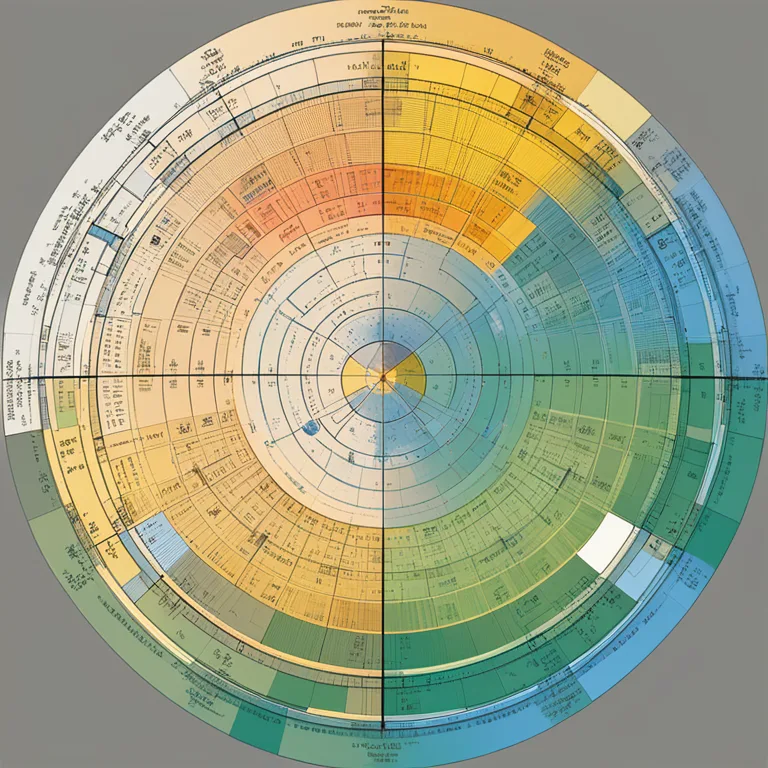
The Unequal Sizes of Astrology Houses
Discover the reasons behind the varying sizes of astrology houses and their influence on astrological interpretations.
article by Priya Deshmukh
The Basics of Astrology Houses
Astrology is a multifaceted practice that goes far beyond the zodiac signs most people are familiar with; it includes intricate aspects such as planets, aspects, and the 12 houses that make up the astrology chart. The houses represent different areas of life, such as identity, relationships, career, and so on. As the Earth rotates, the planets travel through these houses, their positions influencing various aspects of our lives. To build a foundation for understanding why houses differ in size, it's important to acknowledge each house's significance and its role in our astrological blueprint.

Calculating the Houses
Astrological houses are calculated based on the time and place of one's birth. There are several methods for calculating houses, with the most common being Placidus, Whole Sign, and Equal House systems. The Placidus system, the most widely used in modern Western astrology, uses a space-time approach that results in houses that may vary greatly in size. Each method has its own unique approach to dividing the celestial sphere, resulting in differing house sizes. This diversity allows astrologers to choose a system that aligns best with their interpretive style.

The Impact of Location and Time
One of the main reasons for house size discrepancies is the Earth's tilt and its curved shape. The ecliptic, or the path the Sun appears to take around Earth, doesn't align neatly with the equator. Birth location significantly affects the size of the houses; locations closer to the poles can create more extreme house size variations. Time of birth also plays a role – those born at higher latitudes during summer or winter months when the days are significantly longer or shorter can see larger disparities in house sizes due to the tilt of the Earth regarding the Sun's path.

The Influence of House Systems
In the Placidus system, the time it takes for each planet to ascend over the horizon is considered, causing the house divisions to be unequal. The Whole Sign system, on the other hand, assigns exactly one sign per house, resulting in equal-sized houses. The Equal House system uses the Ascendant as the cusp of the first house and divides the rest of the chart into 12 equal sections. Each house system offers its own perspective, and the choice between them often depends on an astrologer's particular tradition or preference.

Interpreting Different House Sizes
The variable sizes of houses in astrology can symbolically reflect different areas of emphasis in a person's life—larger houses may indicate more prominent themes or lessons, while smaller houses could suggest subtler influences. This dynamic approach provides a nuanced view that supports personalized astrological readings. However, unequal house sizes can also pose challenges for interpretation, requiring astrologers to consider not just the planets within a house, but also the proportion of space they occupy.
House Systems and Future Predictions
Looking ahead into 2024 and beyond, as astrologers prepare forecasts, compatibility analyses, and delve into biorhythms, considering the house system used will continue to be essential. The choice of house system may affect predictions and insights, especially when interpreting transits and their impacts on different areas of a chart holder's life. Astrologers should continually be aware of how these systems might align or conflict with ongoing celestial trends.
Published: 12/19/2023
Modified: 12/19/2023
More predictions
Come back here soon to learn more about yourself and your future


Interpreting Empty Houses In Astrology
Learn the significance of empty houses in your astrological chart and how they influence your life path and personal growth.


Your Astrological Houses Guide
Discover the role and influence of houses in astrology, and learn which houses you reside in for a deeper celestial understanding.


Guide to Astrological Houses
Learn the fundamentals of reading houses in astrology to gain insights into various aspects of your life.